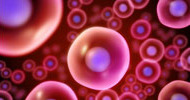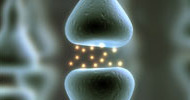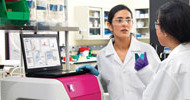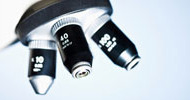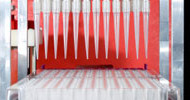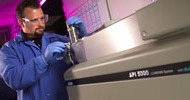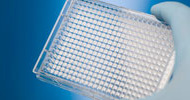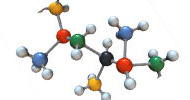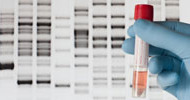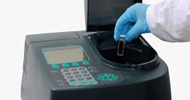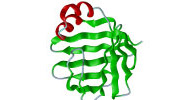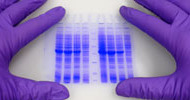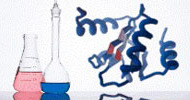Description
The High-Throughput DynaPro Plate Reader Utilizes Dynamic Light Scattering to Identify Most Promising mAb Buffer Conditions Prior to Extended Stability Testing(SANTA BARBARA, CALIFORNIA – 1 July 2014) - Wyatt Technology Corporation, the world leader in absolute macromolecular characterization instrumentation, is pleased to highlight a study recently authored by Martin Skov Neergaard from the Faculty of Health and Medical Sciences at the University of Copenhagen, “Protein-Protein Interactions Investigated by DLS: Determination at High and Low Protein Concentration.” This article outlines the benefits of quantifying protein-protein interactions (PPI) using automated dynamic light scattering (DLS) in High-Throughput Screening (HTS) mode to identify promising candidates for drug-like properties and establish the suitability of formulations before entering extended stability studies.
Therapeutic monoclonal antibodies (mAbs) are effective at treating chronic diseases like autoimmune disorders and cancer. Long-term stability is an important attribute of any commercial drug molecule, and of great interest in biotherapeutics in particular. Measurements of PPI indicate colloidal stability, correlate closely to stability and viscosity at high protein concentration, and are widely used as stability-indicating parameters (SIPs) in pre-selecting monoclonal antibody biotherapeutic molecules and formulation conditions before launching the arduous process of long-term stability testing. Ordinarily, PPI studies require significant quantities of sample and labor. Optimal screening processes of PPI will allow drug developers to identify and concentrate development on the most promising mAbs and formulations, saving considerable time and money while decreasing time-to-market.
The study showcases some novel uses of DLS to rapidly provide substantial information about the stability and viscosity of a formulation. Traditionally, PPI are quantified by static light scattering (SLS) as the second virial co-efficient (B22), though recently other techniques have come into widespread use. DLS has proven extremely useful in this field as it provides substantially more information regarding SIPs, with less sample, than standard SLS. DLS quantifies PPI via the diffusion interaction parameter (kD), and Neergaard also explored the relative radius method comparing apparent hydrodynamic radii at low and high concentrations. These methods, using kD and relative radius to quantify PPI in a protein solution, make the process of characterization much quicker and simpler than standard methods.
The DynaPro® Plate Reader II is capable of running high-throughput, automated HTS-DLS analyses to characterize PPI in standard microwell plates, under multiple conditions in a significantly reduced time frame, making DLS a viable option for SIP screening. As an added benefit, DLS measures the viscosity of highly concentrated proteins with the same high throughput and low sample consumption. The onset points of aggregation or melting may be obtained in the DynaPro via temperature ramps or chemical denaturing, to assess additional SIPs for conformational stability, making the DynaPro DLS plate reader the ultimate tool for developability and formulation screening.
“Techniques for determining protein stability are still widely debated amongst researchers, and a combination of stability-indicating parameters must be weighed to get a complete picture,” explains Dr. Daniel Some, Director of Marketing and Principal Scientist at Wyatt Technology, “Optimization of screening processes to reduce time and resources spent on ensuring long-term viability is a key consideration in the drug development process. The DynaPro Plate Reader II ensures comprehensive testing, over a range of conditions in minimal time, and eliminates the need for additional laboratory apparatus when screening the stability-indicating parameters of high concentration protein formulations.”














